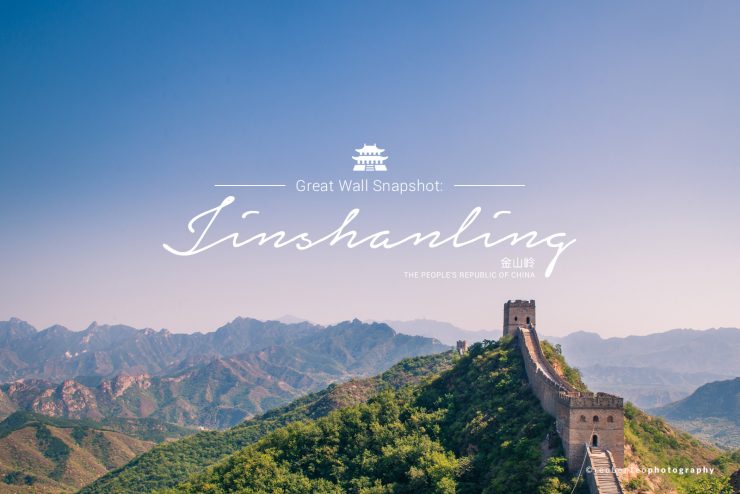
I have been to China quite a number of times with my parents. Every single time when we are in Beijing, one of the items on the itinerary will always be a visit to the Great Wall of China. Whenever you join a group tour, the only section of the wall that they will always bring you to is the famous Badaling. Crowded with infinite number of people, it’s more like seeing the crowds more than the ancient wall itself. Don’t get me wrong, Badaling is indeed an important section of the Great Wall and too it has given me some unforgettable memories in the past – It was where I first encountered snow and sliding down the Great Wall filled with snow with your brother was a one in a lifetime experience.
After so many years, I finally got another chance to visit Beijing. Although it was just a layover trip to China for us to fly into Pyongyang, we managed to squeeze some time out to visit the great symbol of our Chinese heritage – The Great Wall of China. I’ve always wanted to try out another section of the wall and try to photography a wall without the crowded tourists and to my amazement, there were quite a few choices to choose from. Great wall sections that are somewhat reachable from Beijing are the Badaling, Simatai, Mutianyu, Jiankou & Jinshanling. We had some trouble deciding which section to go for because my concerns were always, which one has the best sunset? I agree sometimes with my wife that this obsession of mine has given her headaches to plan my travel routes. Afterall, that’s my motivation to bring her to exotic places to see awesome sceneries (Eg: Mount Ijen). After some thorough research, we finally decided to go for Jinshanling.
Jinshanling
Jinshanling is located 125km from Beijing, roughly about 3 hours of driving. It’s found at the mountainous area in Luanping County of Hebei province. The reason we chose this section was because it is well-preserved and most of the wall still remains its original features. Since this is our first time traveling alone to the outskirts of the Great wall, we decided to hire a local guide from Jinshanling village that would bring us to trek along the route. His name is Snow and he is a very friendly person. Before we ascended the wall, we were driven to his mother’s farmhouse for a rest. His mother cooked us a lovely and fulfilling lunch with lamb stew, tomato eggs, cucumbers and dumplings. It was one of the best lunches we’ve ever had and he told us that all the vegetables were freshly grown from his mother’s farm. After an awesome homemade lunch, we started our ascend.
The climb up to the wall were rugged and required some stamina. The ascend wasn’t really that bad when you had a guide telling you all those awesome stories of the wall and little by little, we finally reached the wall. Although the climb was a little tough, once you reach the top of the Great Wall, it would be an easy trek all the way. The weather was super nice and the cool breezy wind gave us a comfortable setting to start our trek. One of the most awesome things I found out about the great wall, is the magnificent view. Surrounded by layers of mountains and trees, it felt like we were in heaven. The wall runs all across the mountain tops like a dragon. It was absolutely surreal. While hiking, it’s hard not to admire the magnificent construction of the wall at the height of the mountain peak and imagine this megastructure was built at least 600 years ago. Every single brick you pass by was filled with rich history and you get to appreciate the hard work & sufferings endured by the people who built them.
Jinshanling has one of the most striking sections of the Ming Great Wall where it climbs extremely steep slopes. We passed by beacons and watchtowers which is the main features of the great wall. Every 100 meters, you will pass by a tower. There are several different designs of the watchtower. Featuring various structures and having various functions, those watchtowers are either one tiered or two-tiered. On the first floor there are some windows for shooting arrows. The roofs of the towers are many and varied, flat, arched, quadrangular or octagonal. Some are used to store weapons and hay. Others are used as soldiers’ bedrooms. Among them, the most celebrated are the Big and Small Jinshan Watchtowers. The towers also serve as a military view point and act as a very well-planned communication network to deliver messages that were relayed through smoke signals and beacon fires. Unfortunately, the great wall never really succeeded in keeping out the barbarians, but it came to function more as a psychological barrier between Chinese civilization and the world. It remains a powerful symbol of the country’s enduring strength and still an impressive man-made wonder.
Photographing the great wall can be quite a challenge. Everywhere you look, you see all sorts of photo opportunities and it’s difficult to make a decision. Compositing the wall with the sky and the mountains had been overwhelming for me. I find it hard to decide between shooting more sky than wall or more wall than sky. It turns out both had their own set of aesthetics and shows different feelings. Taking photos of the wall while hiking can be tough. You have to concentrate on walking properly because there can be extremely steep steps and sometimes part of the wall has collapsed and you had to take a detour around, so you had to be extra careful especially when carrying your gear.
It took us a couple of hours to hike along the wall to get to the sunset spot. The rich cultural heritage can be felt in every single step you take while on the wall. Unfortunately, at the near end of the day, the clouds were coming in and it started to drizzle. It wasn’t a good day to climb the wall and I was disappointed that I couldn’t capture a sunset shot on the wall. Snow wanted us to quickly go down the wall because it was too dangerous to stay that high up when it’s raining, especially when there’s lightning involved. We then hiked down the wall towards a nearby carpark where Snow’s brother was waiting for us in his car. We then sent Snow back to the farmhouse and then we headed back to Beijing. The rain had became even heavier and as I looked out the window, I couldn’t see the Jinshanling Great Wall anymore as it disappears into the fog that was building up. We reached our hotel about 8pm and had just received a text from Peter & Dione who had just arrived in Beijing by train from North Korea. We then met up with them at the nearby station and headed to a Chinese restaurant for dinner. We ended the day with a great laugh and a great Peking Duck. Despite a no-show for sunset at the Great Wall, I found out that the photos I took were still pretty decent. No wonder the great wall is called one of the world’s most beautiful man-made wonder.
The actual length of the entire Great Wall is still unknown


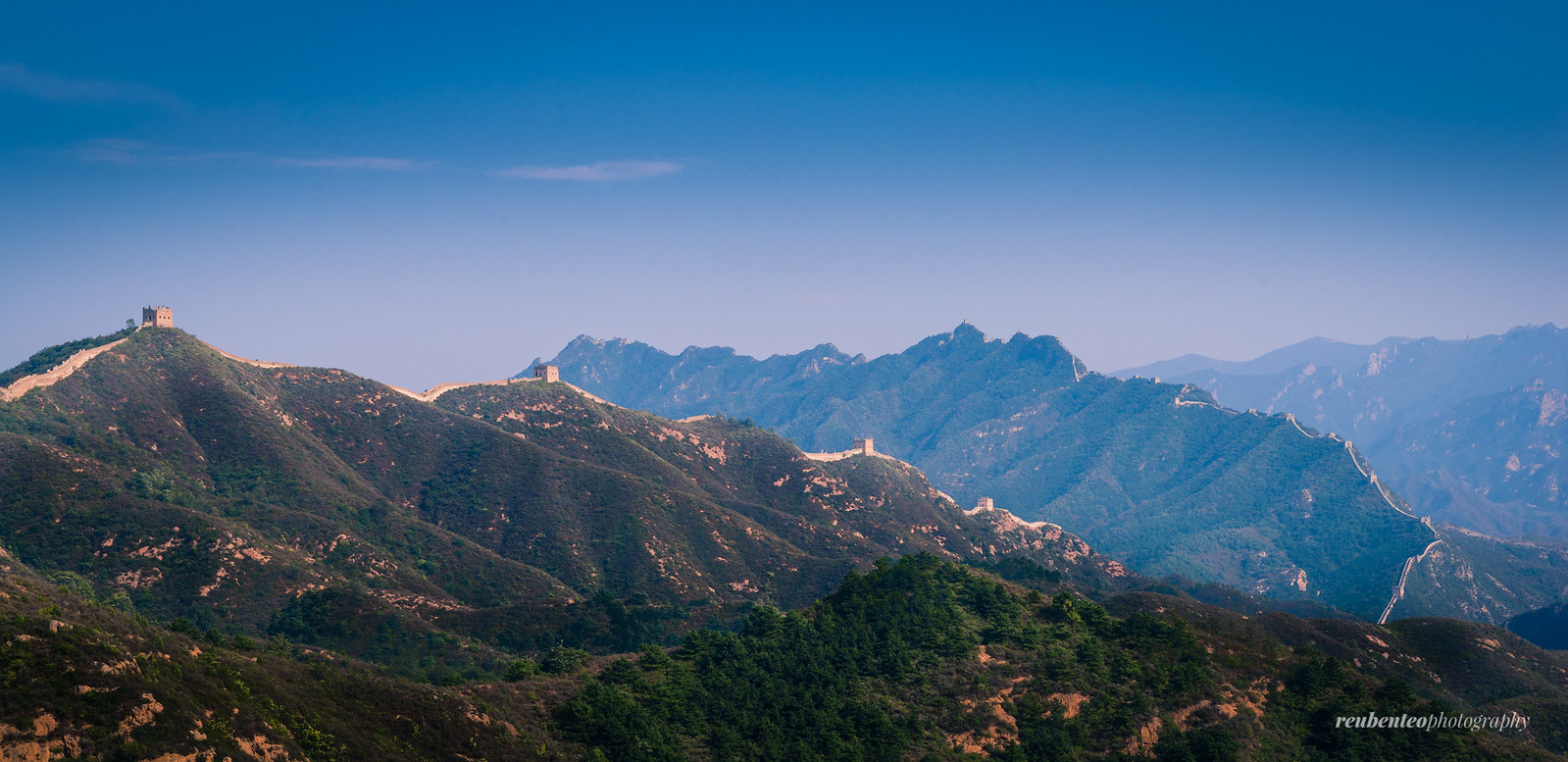
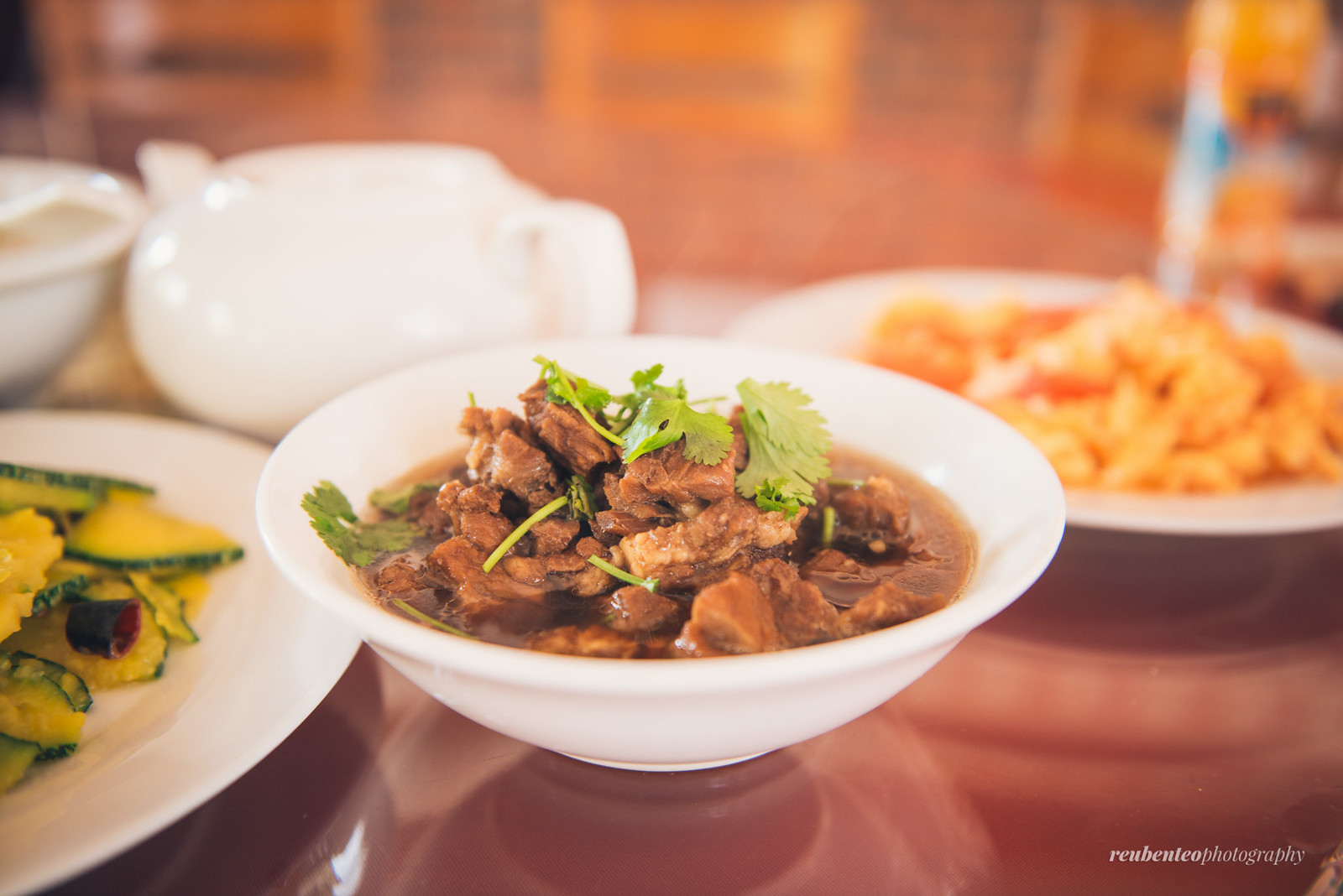


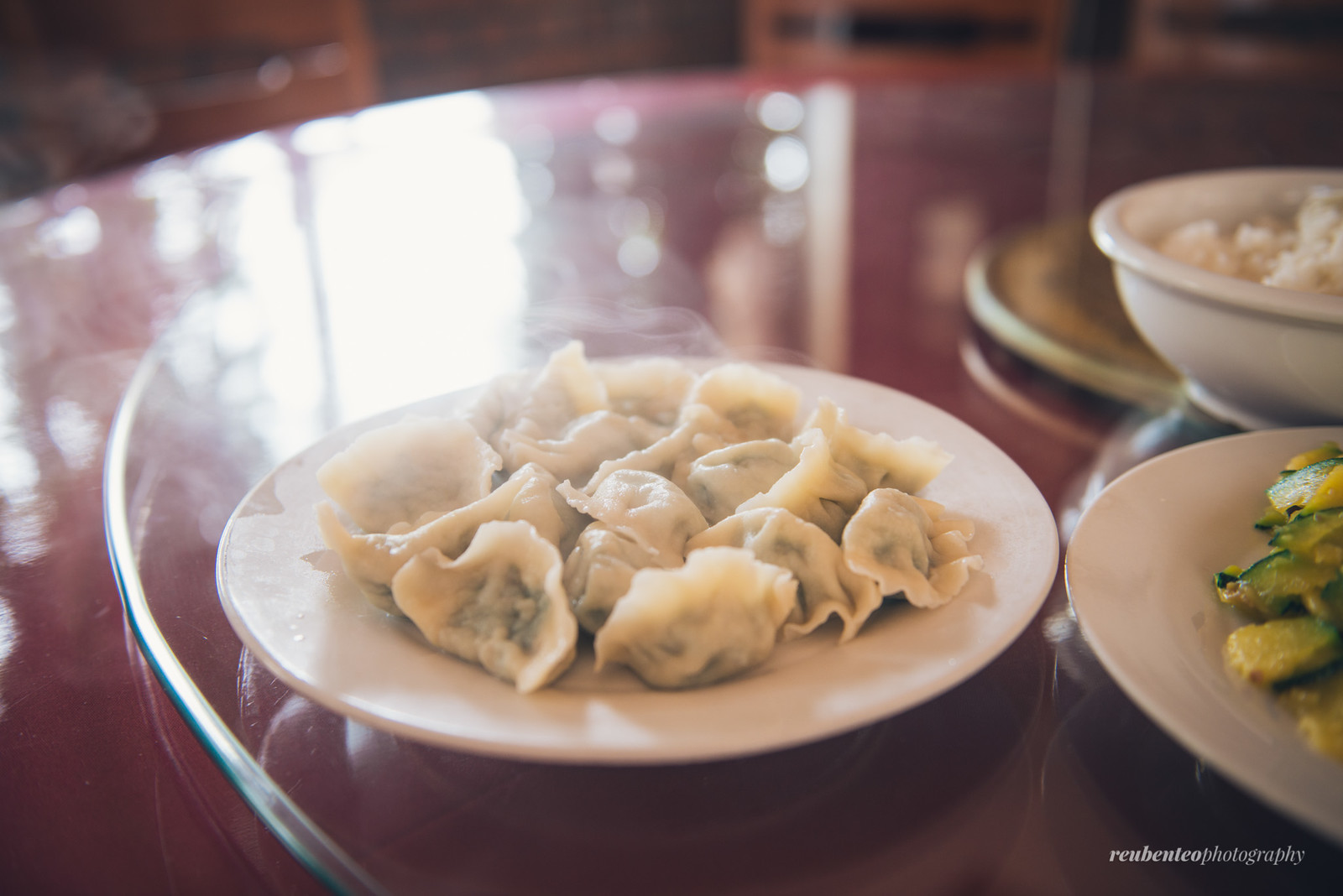
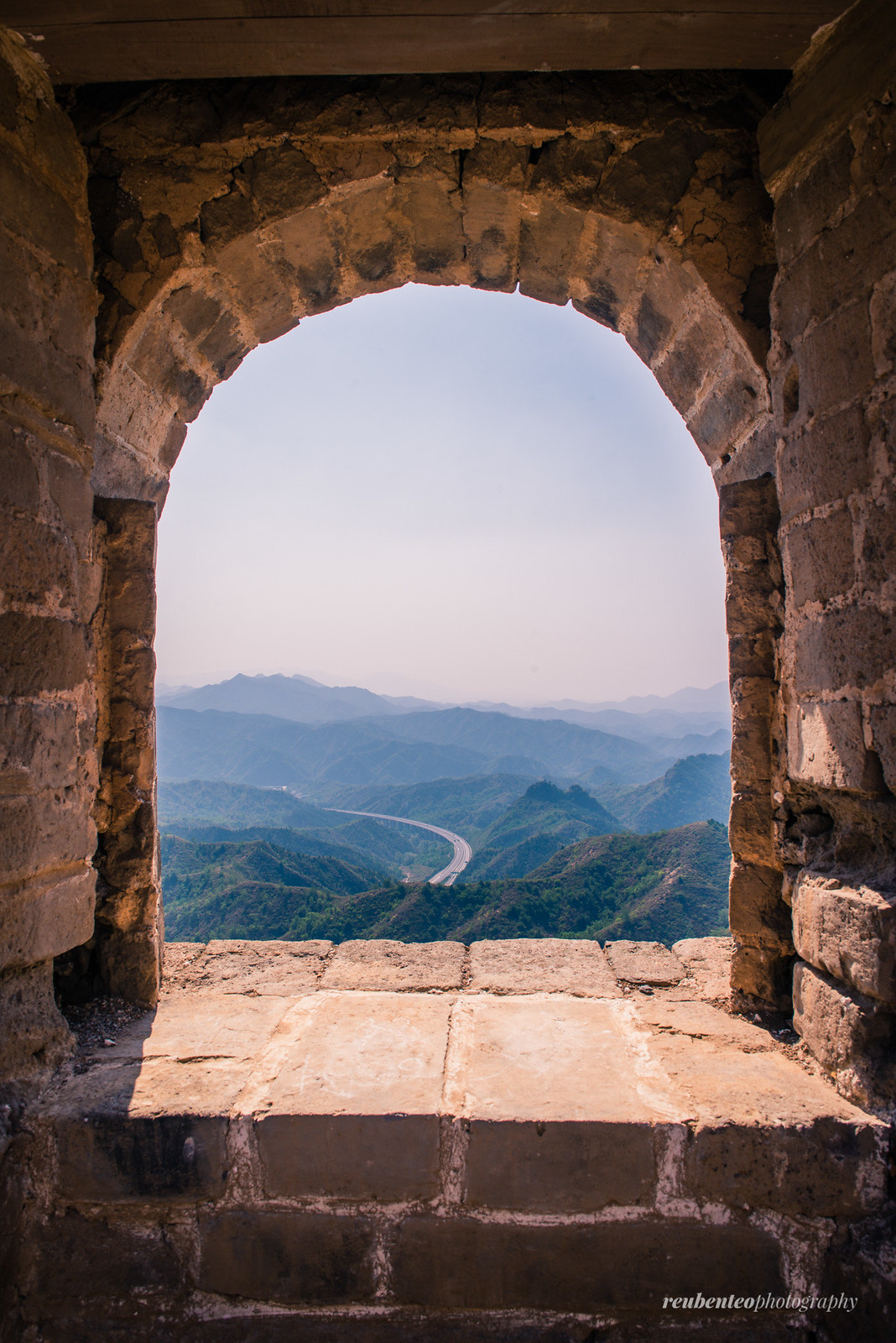
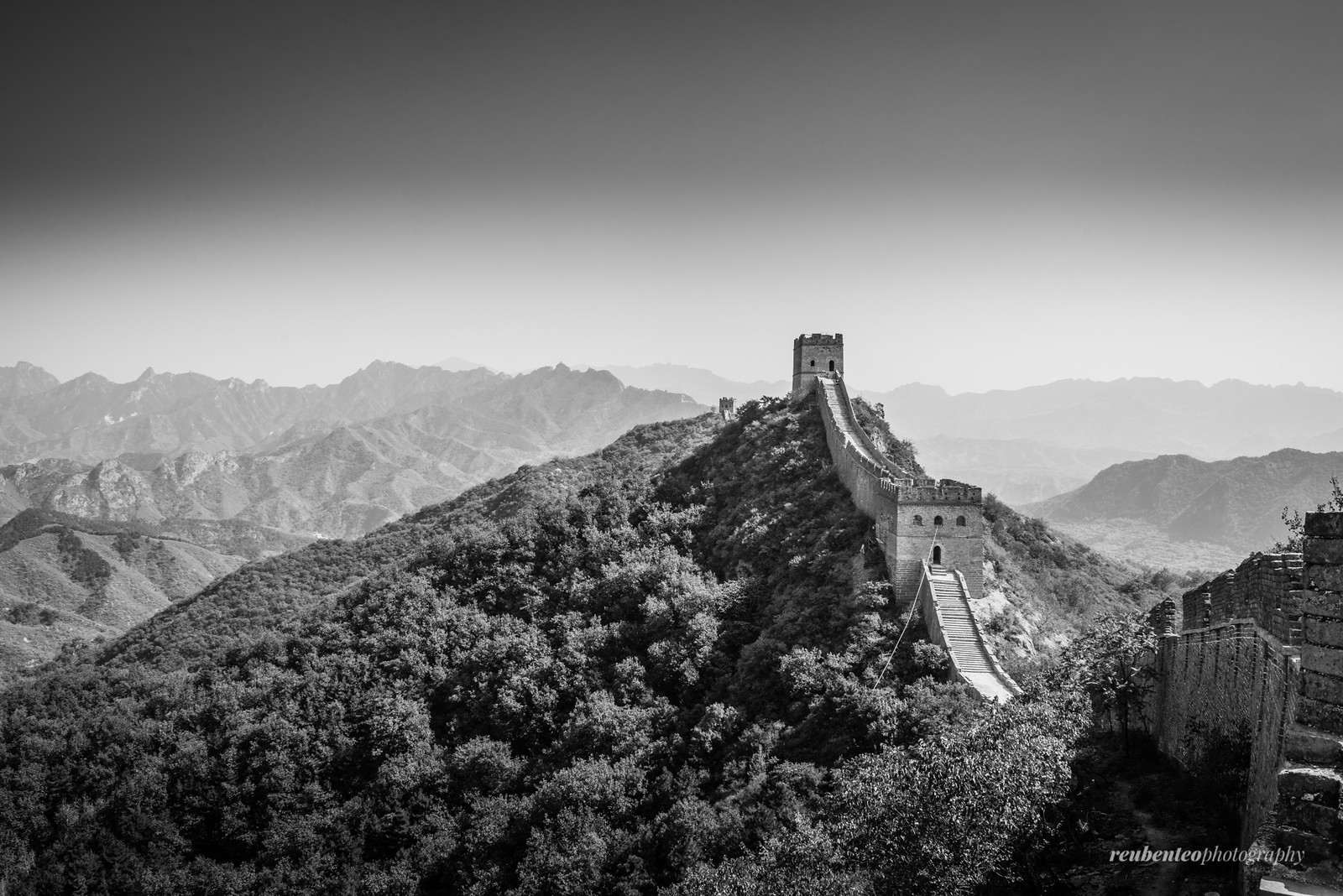
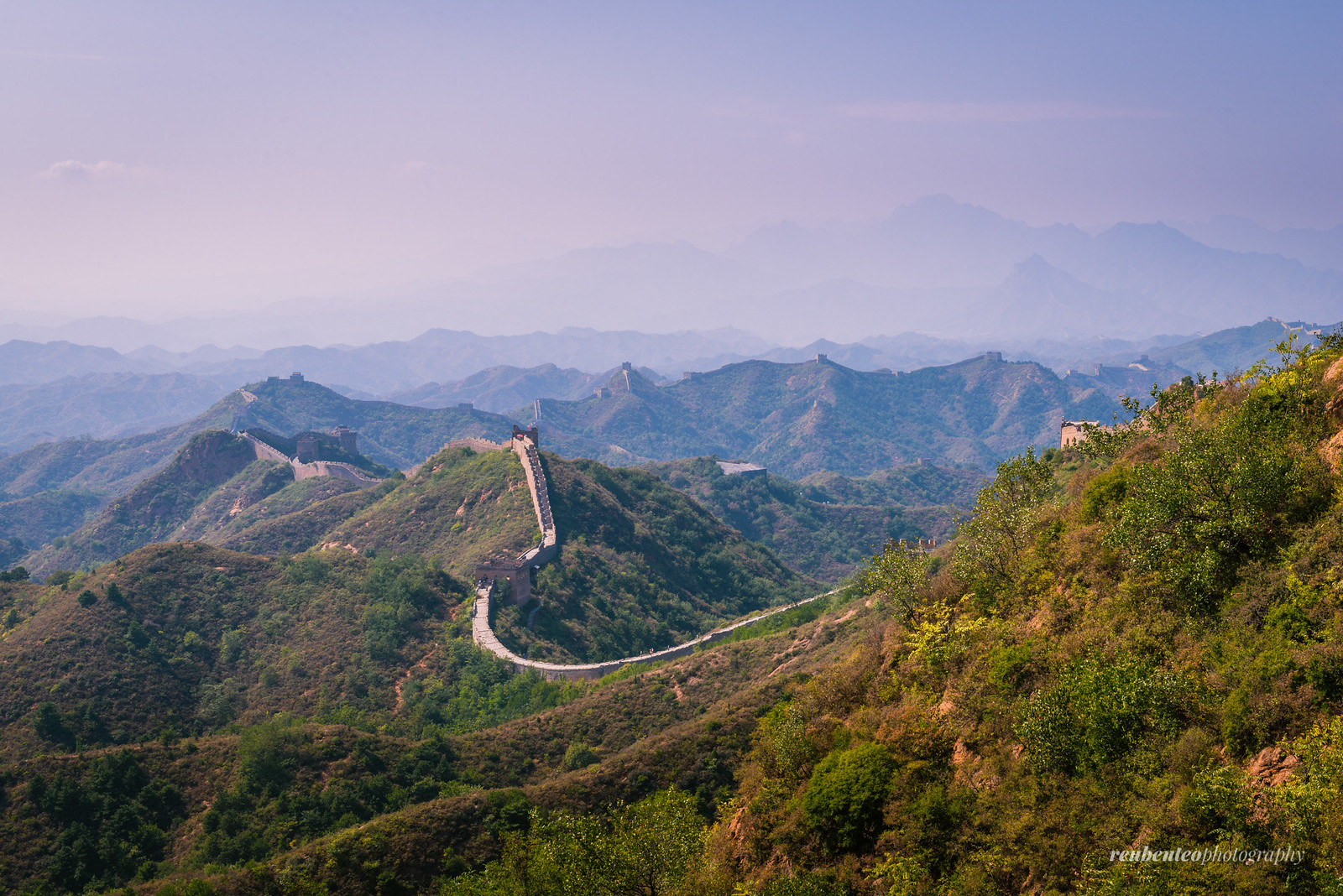
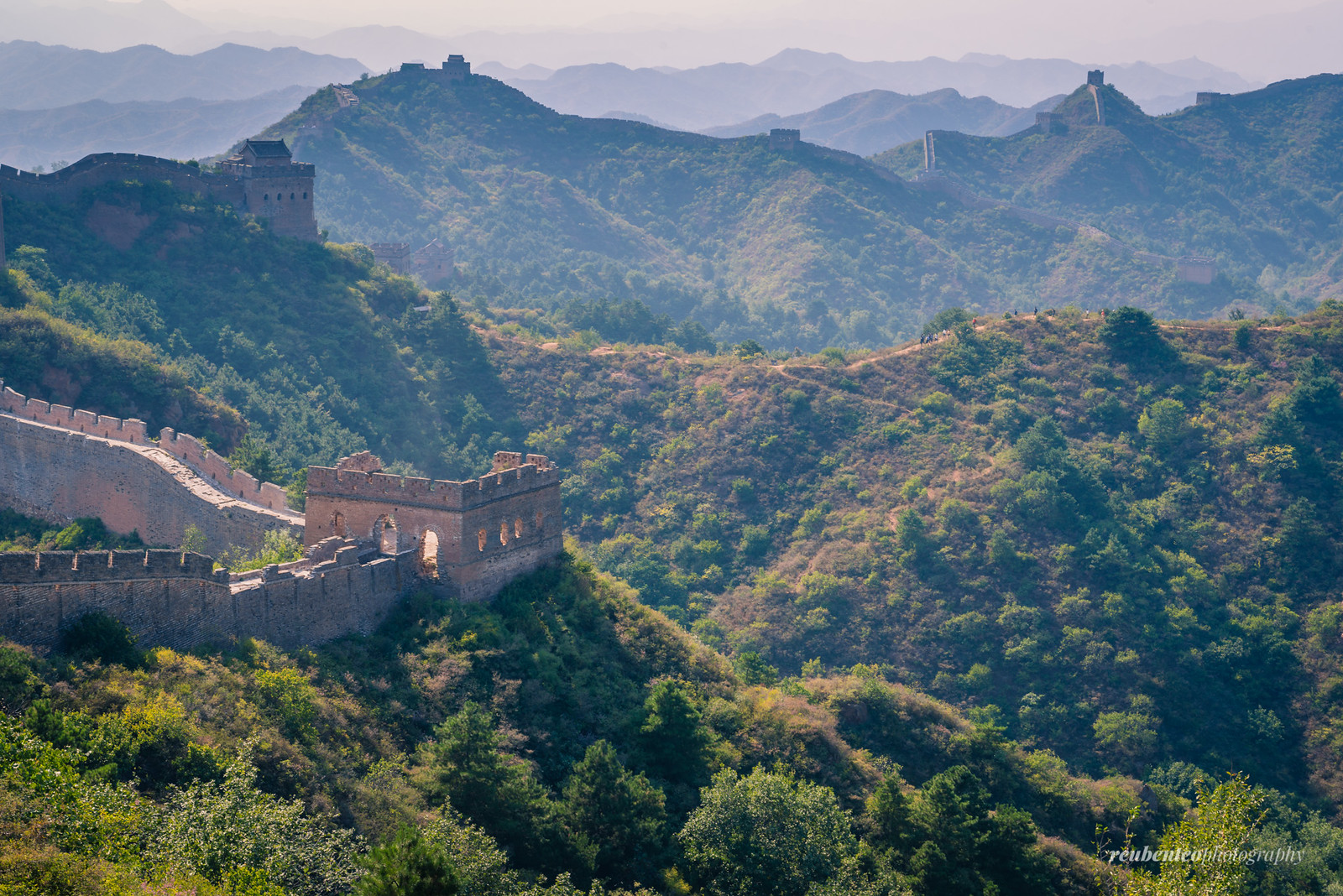
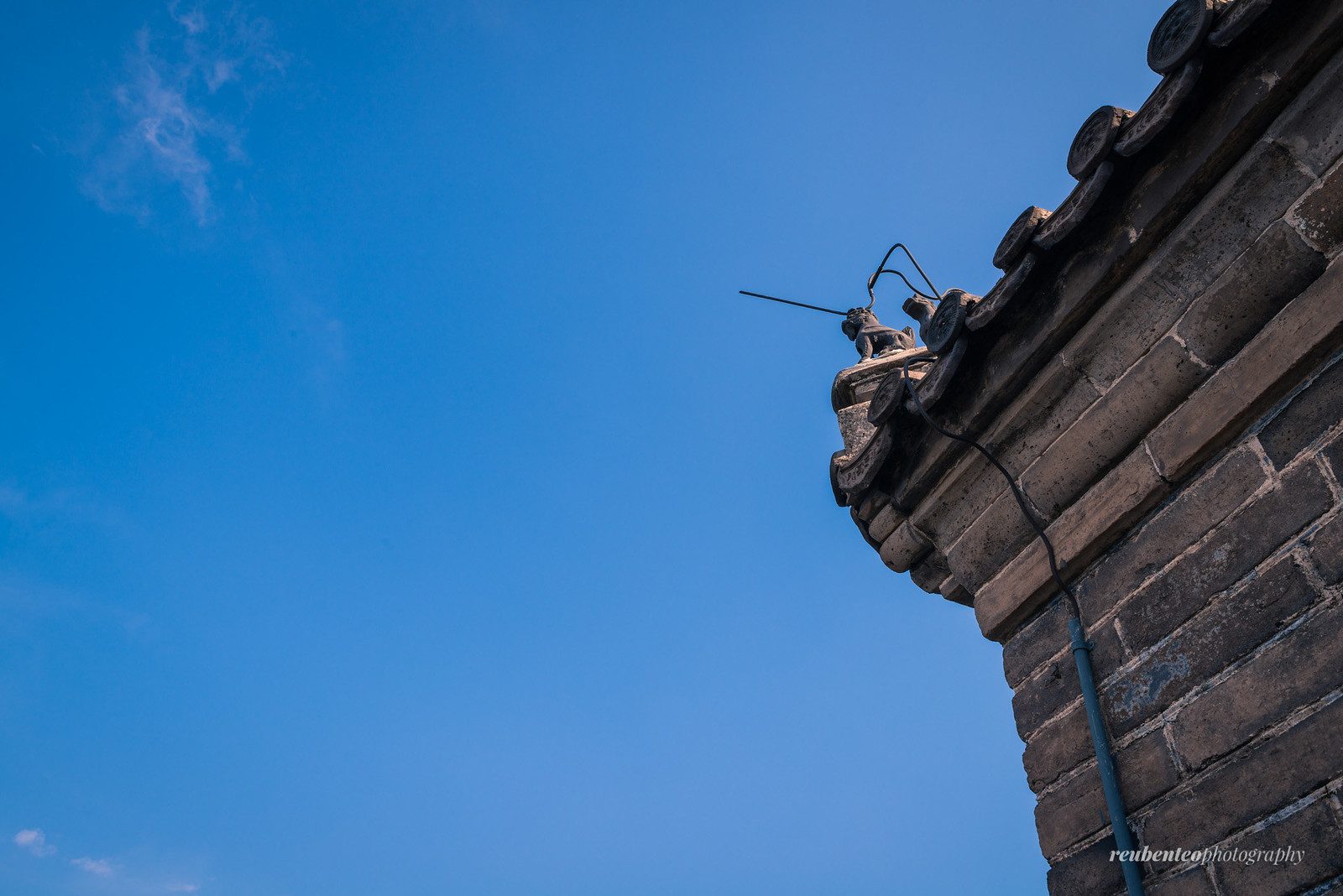

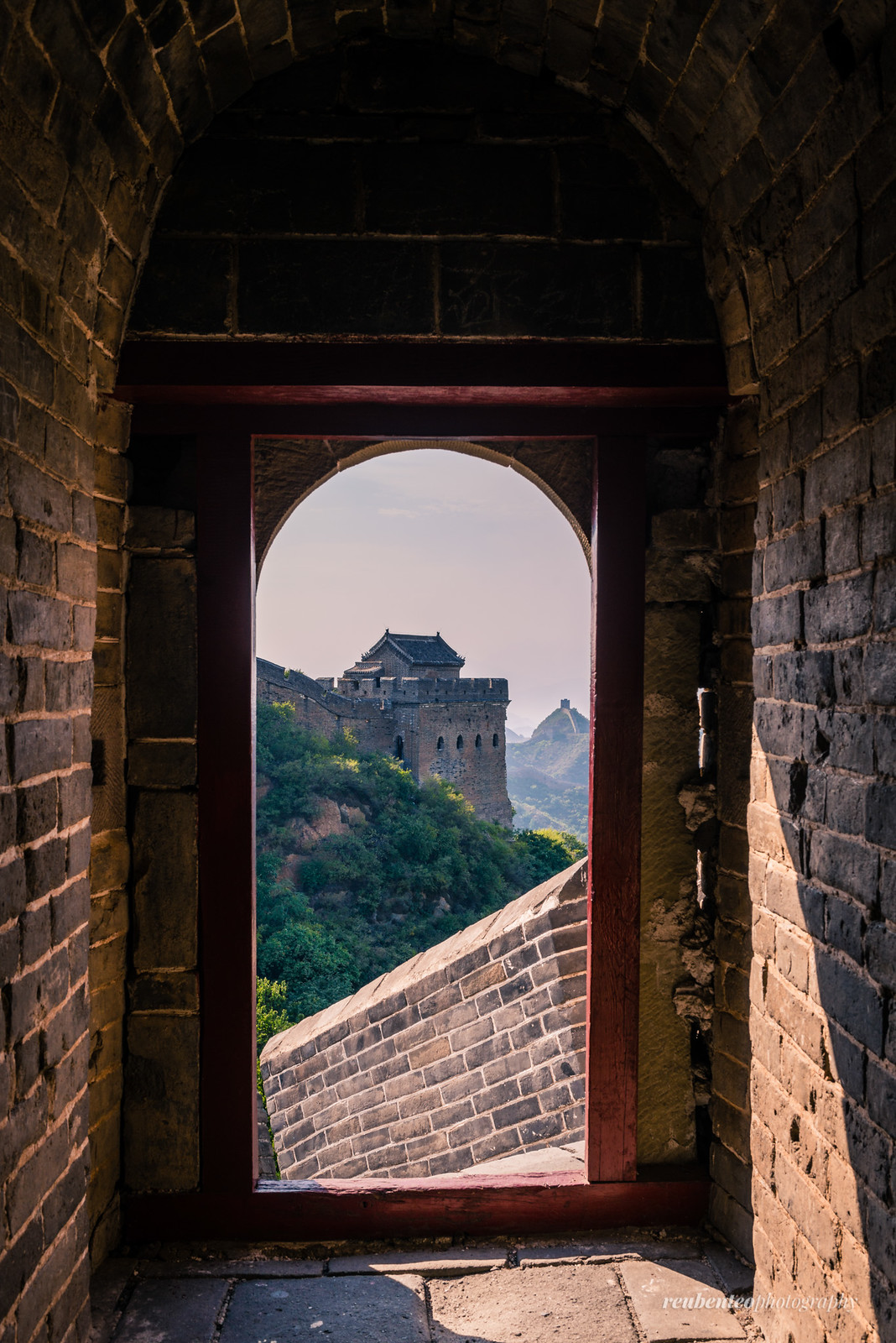

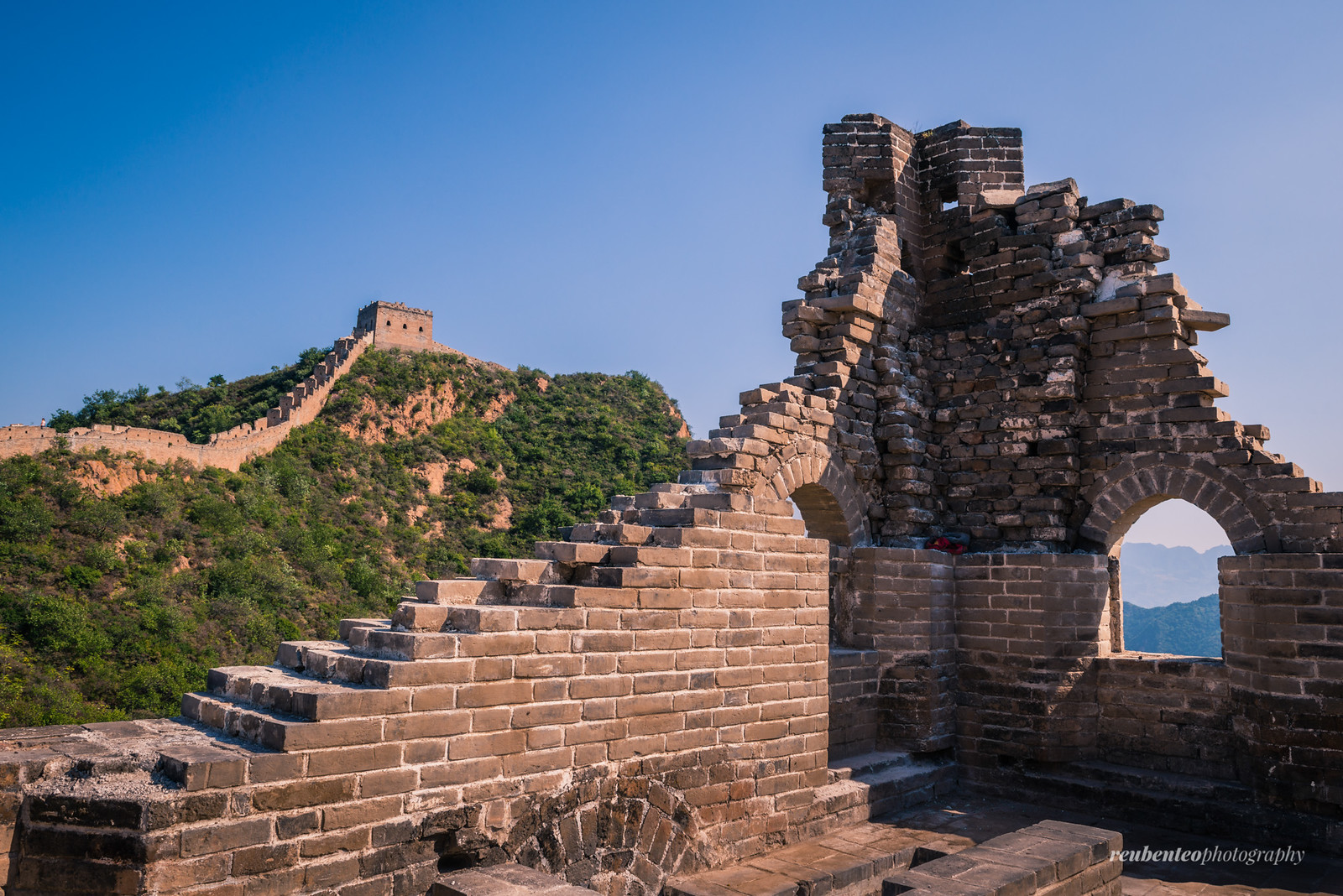
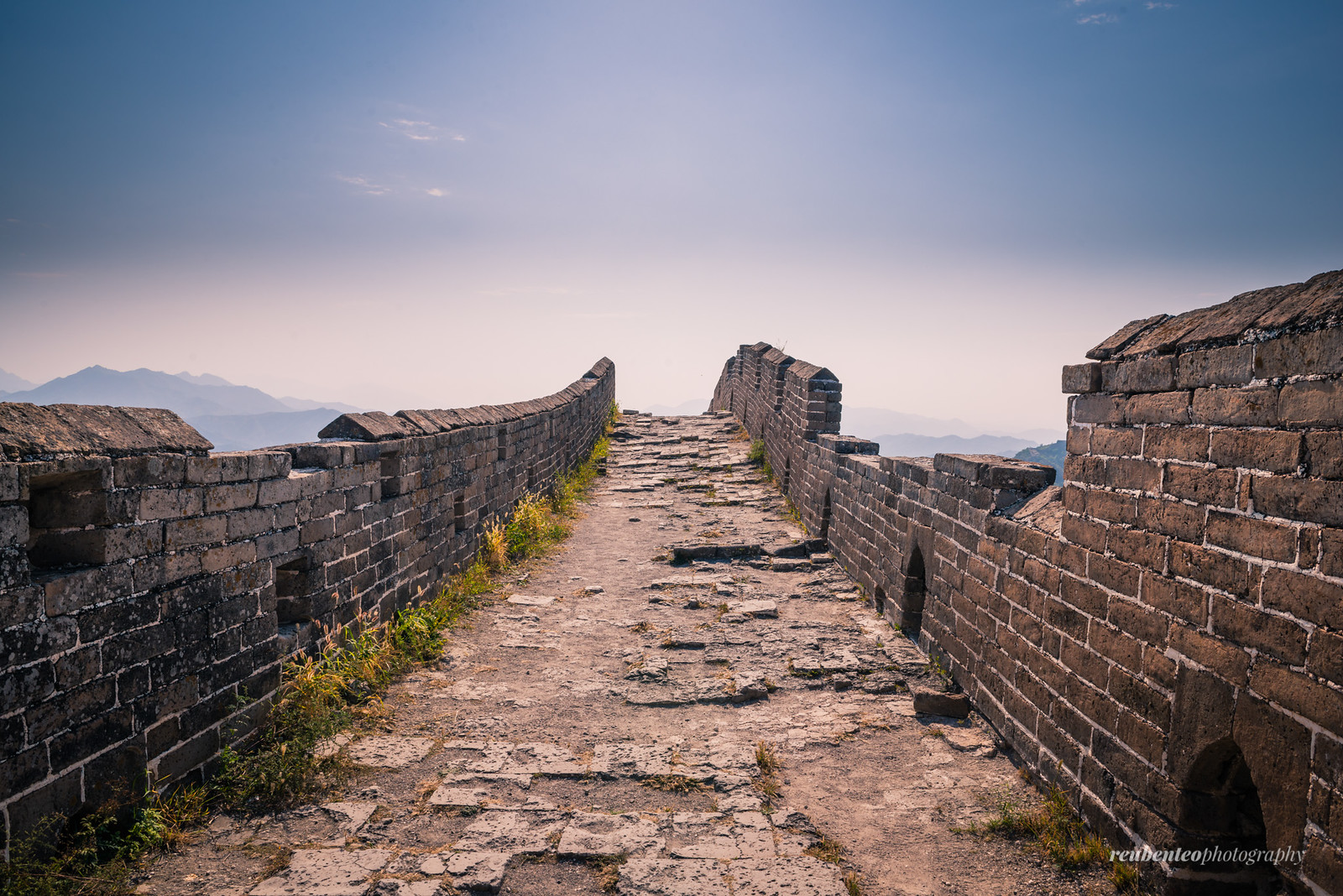
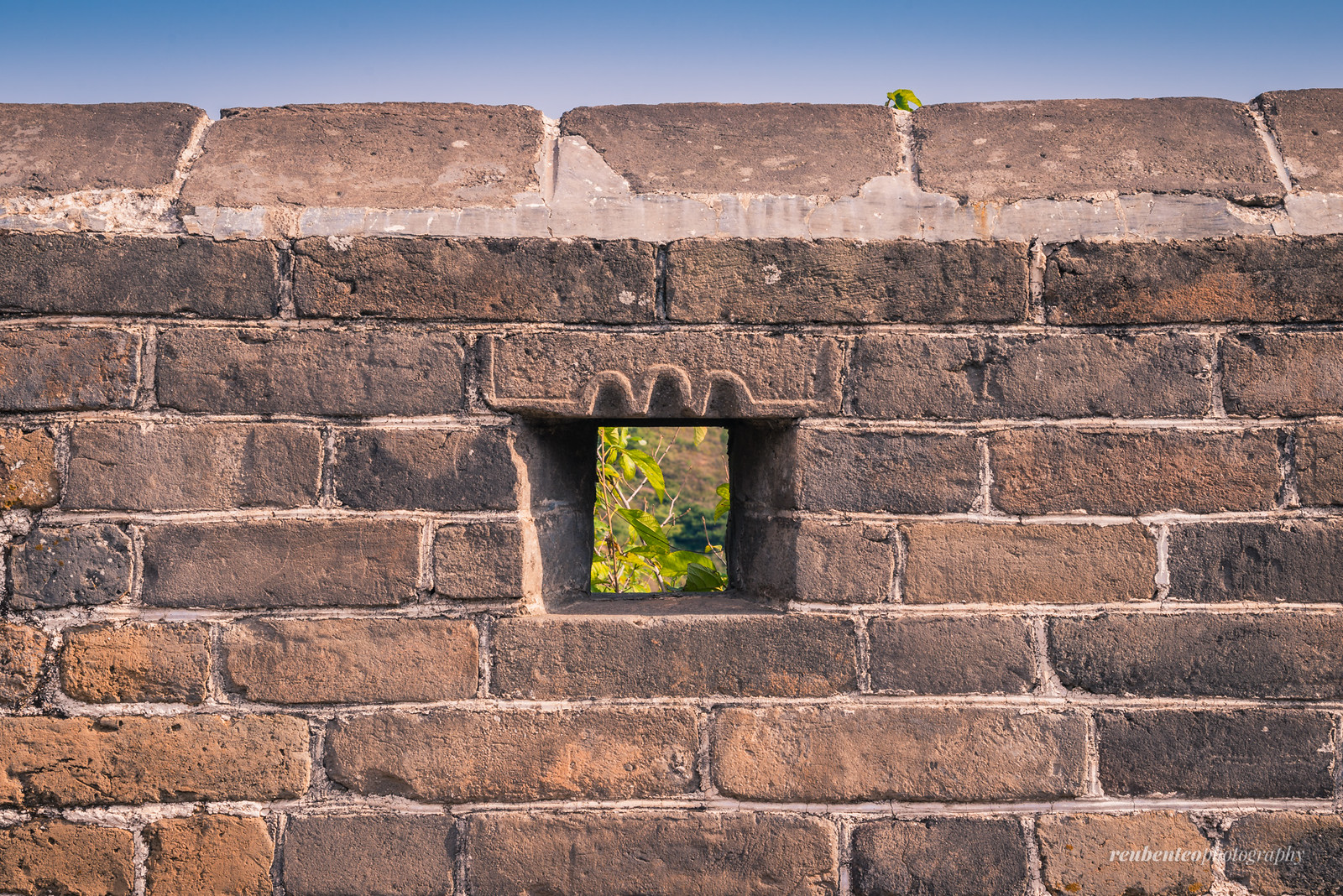
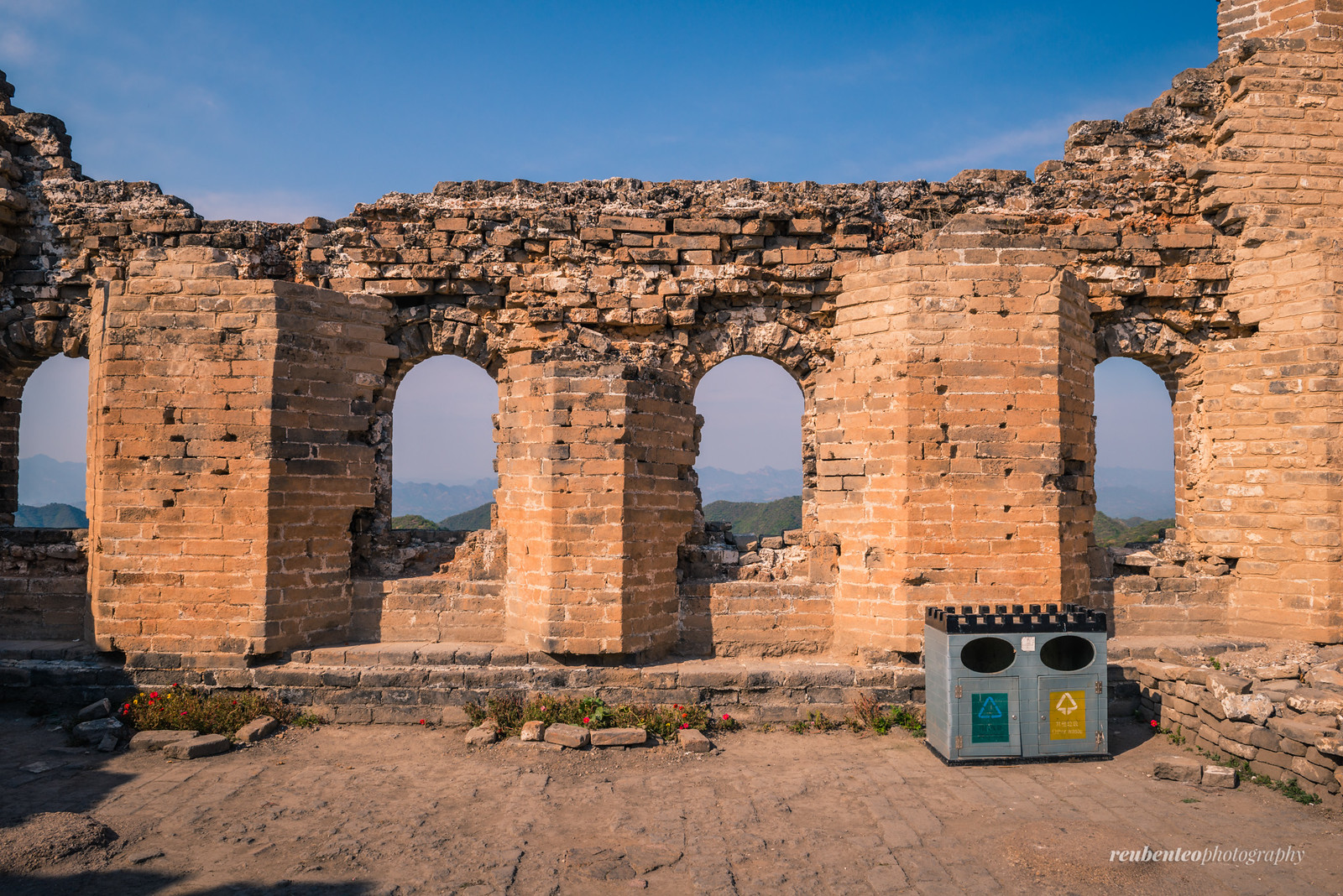
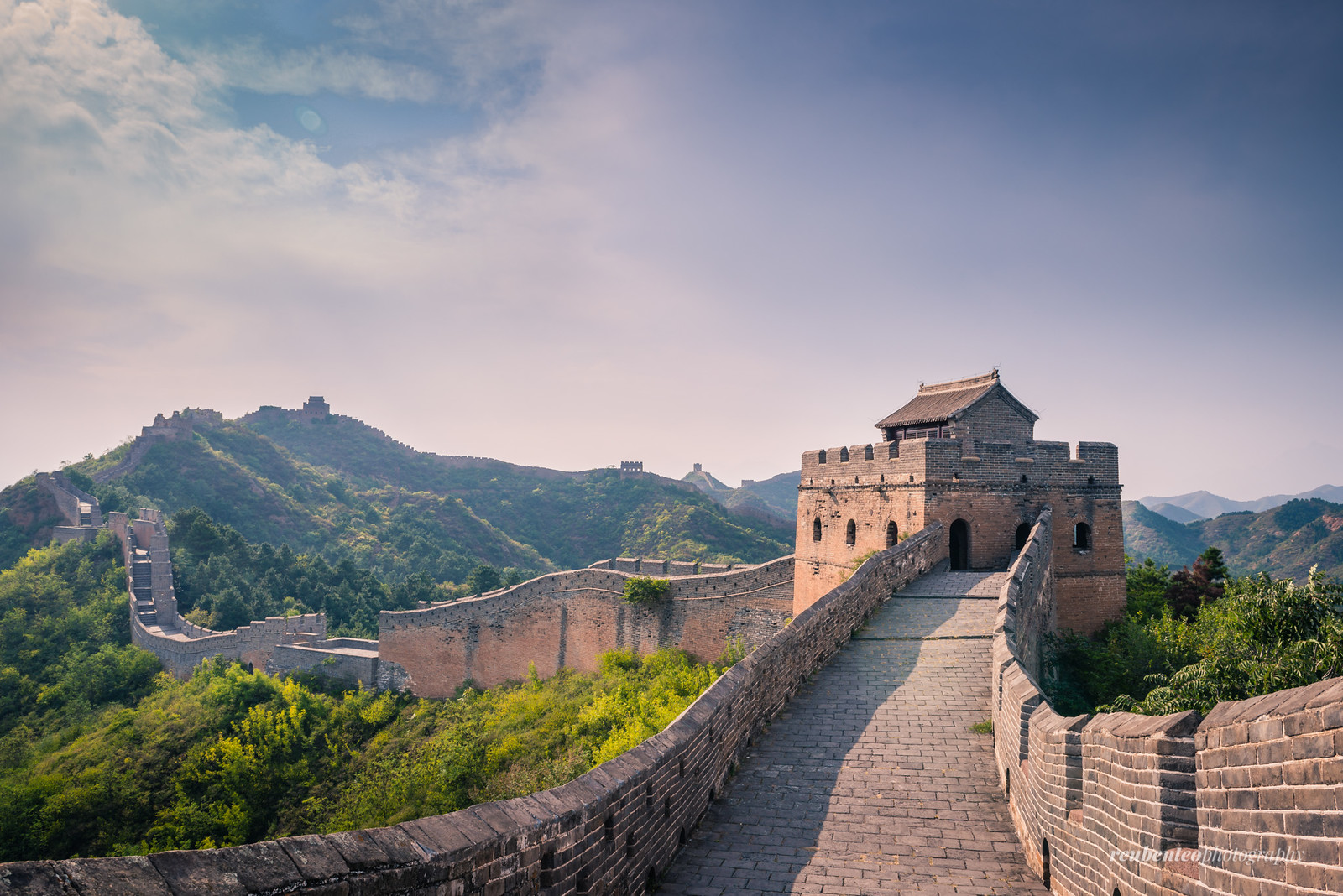

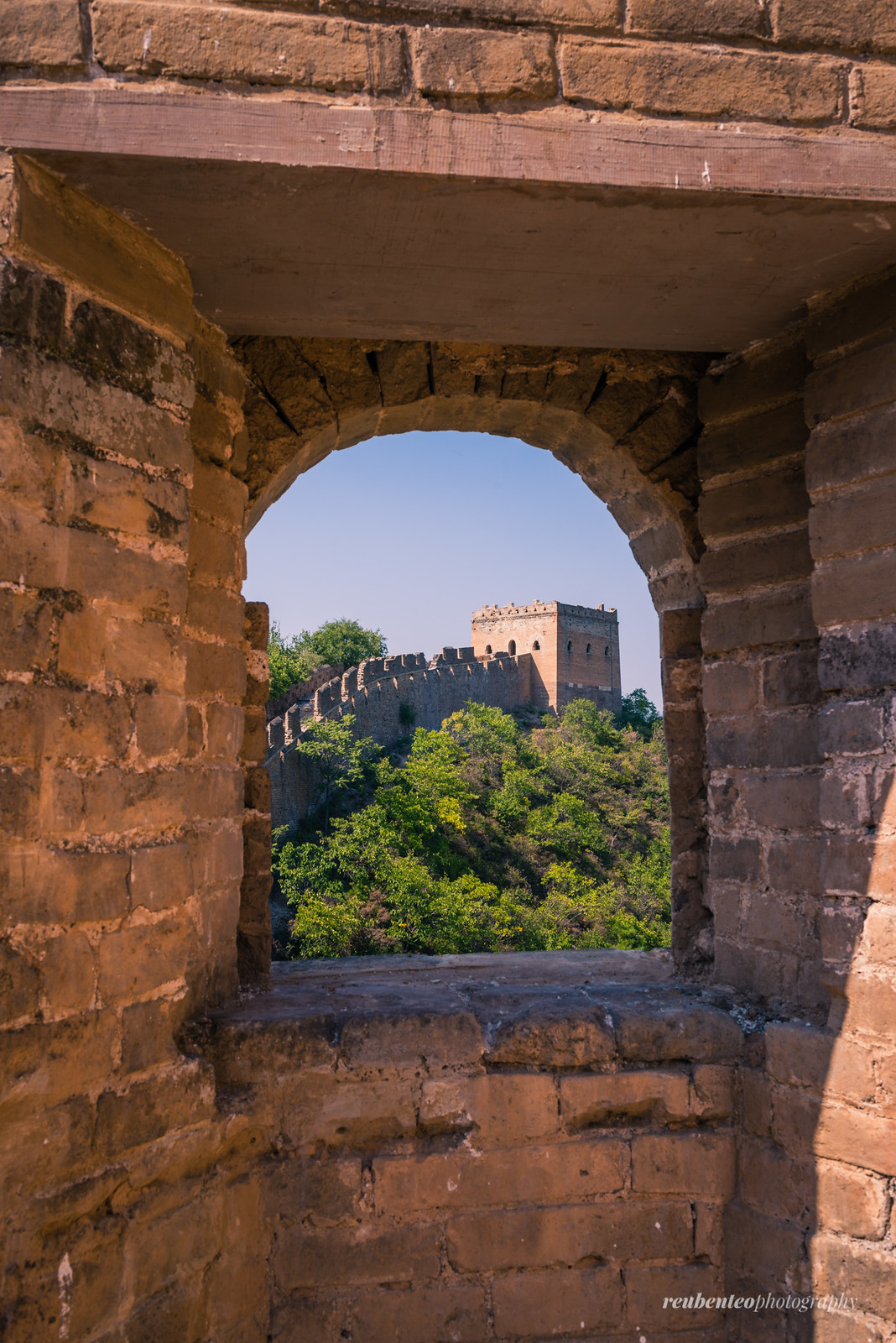
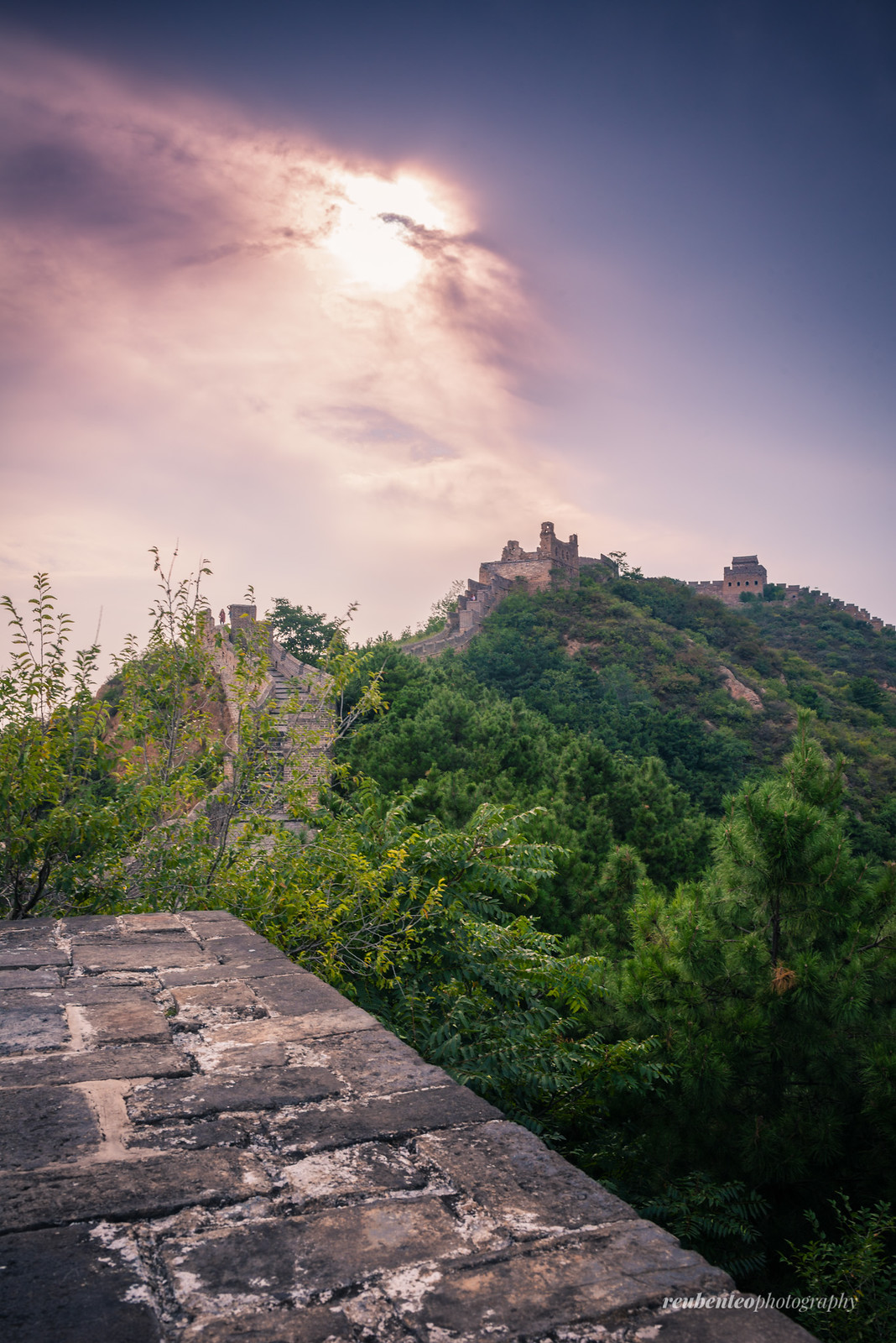
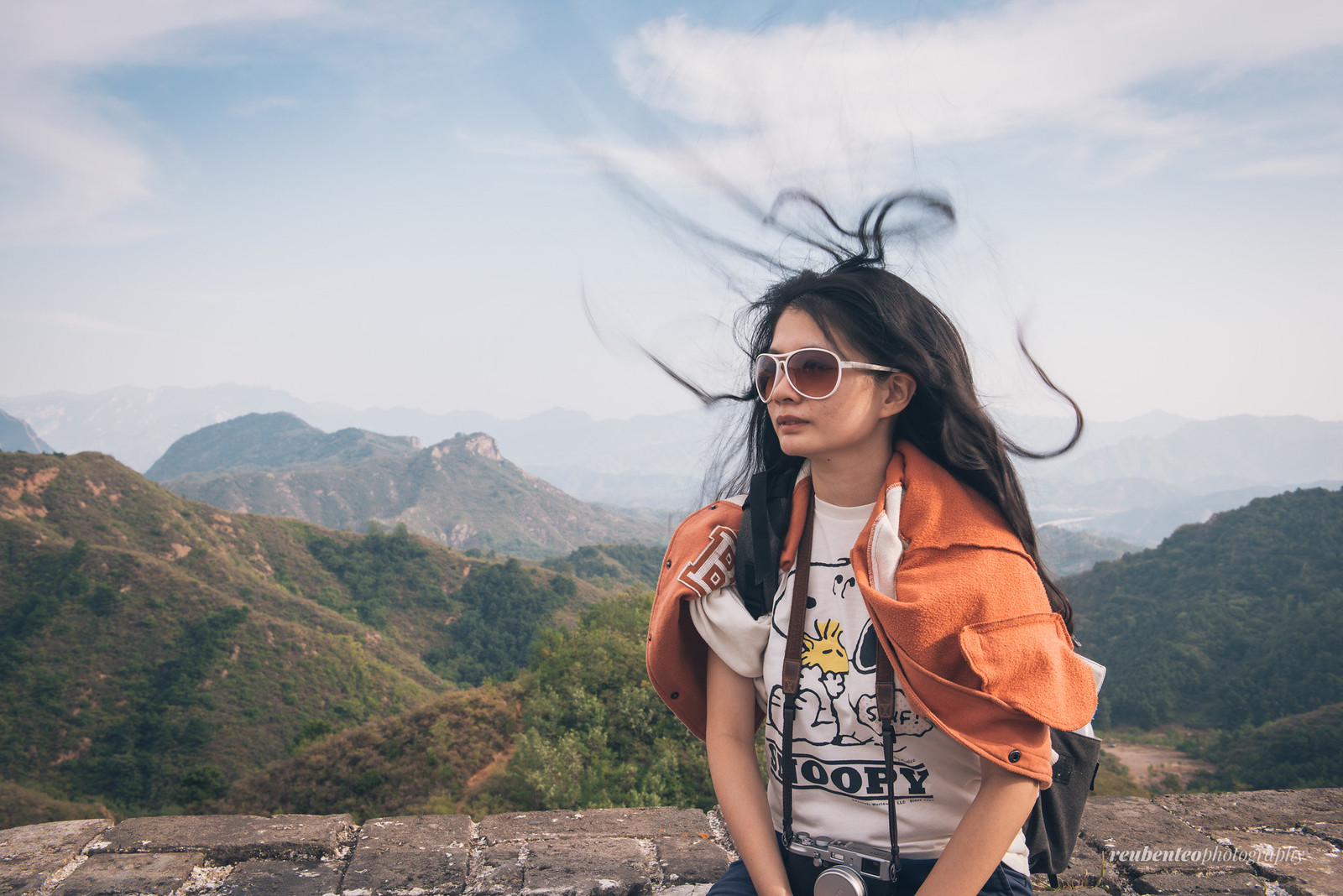
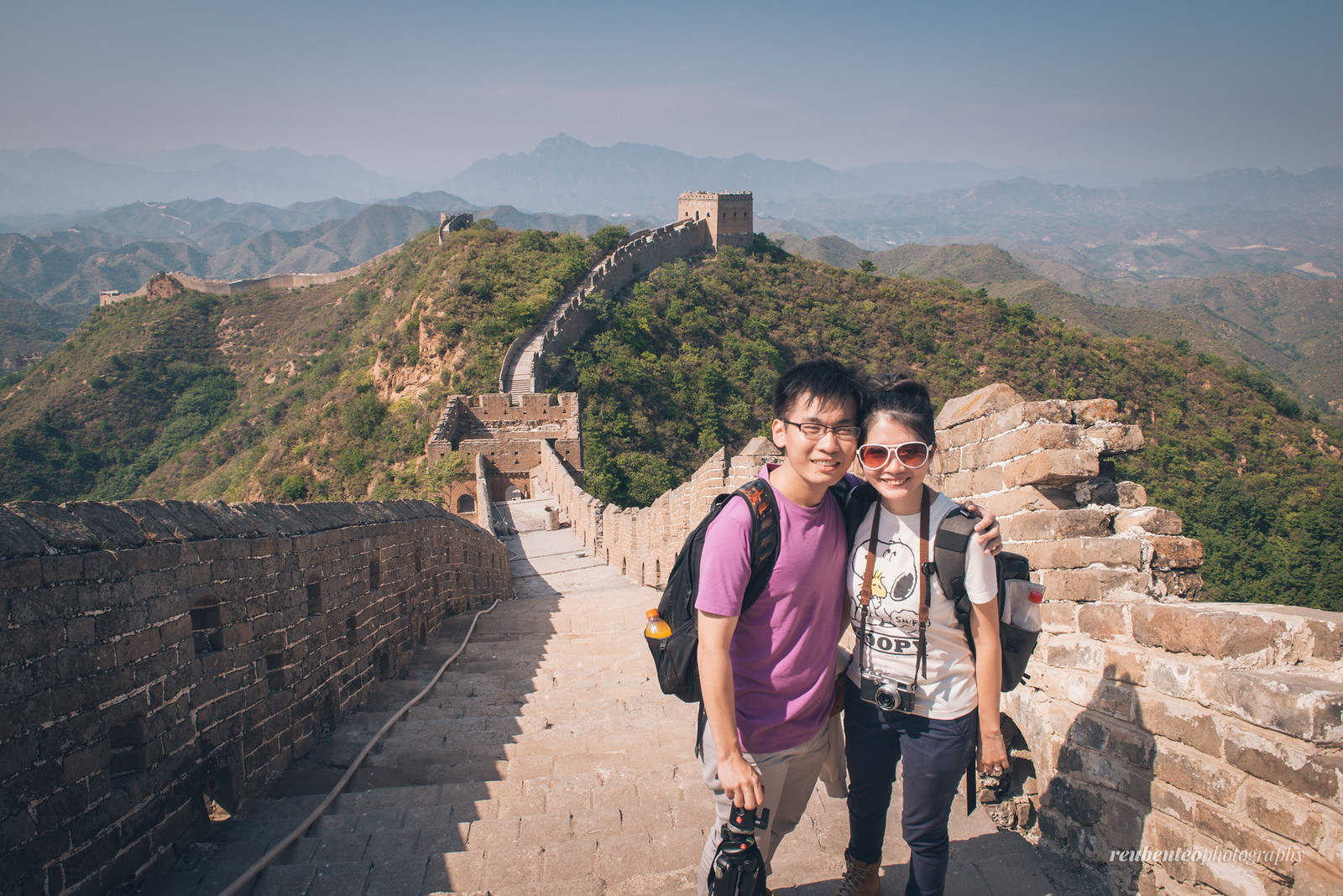
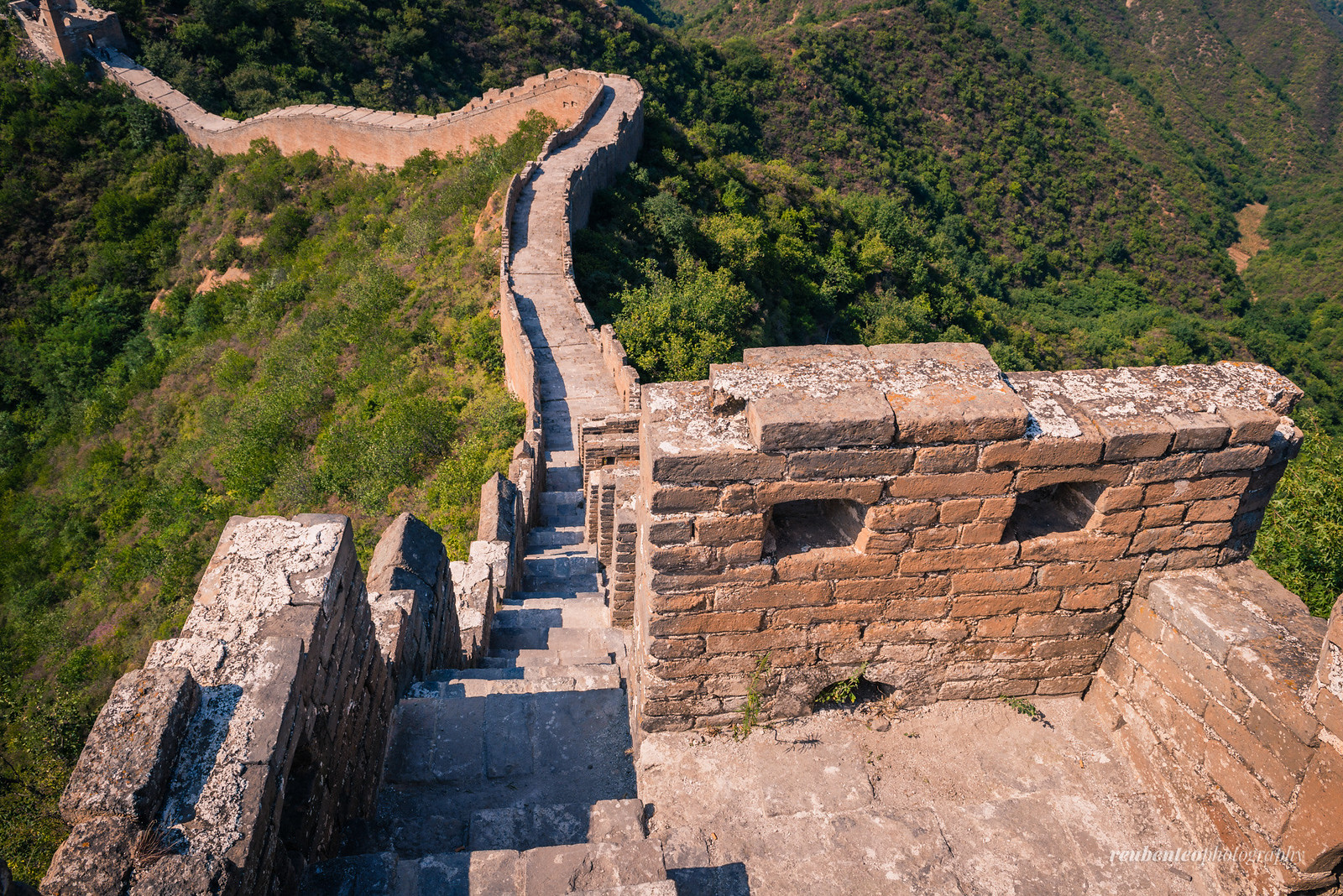
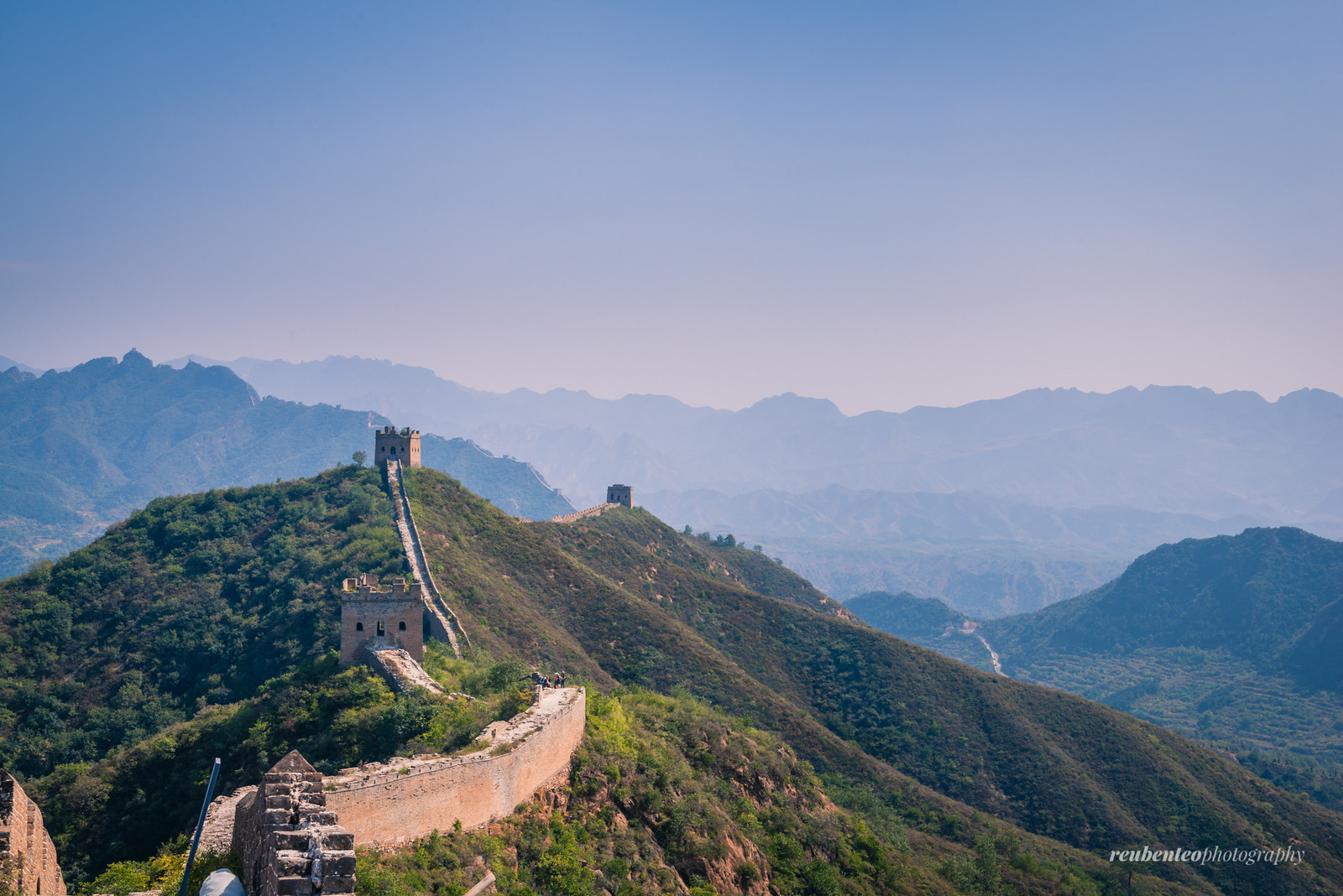

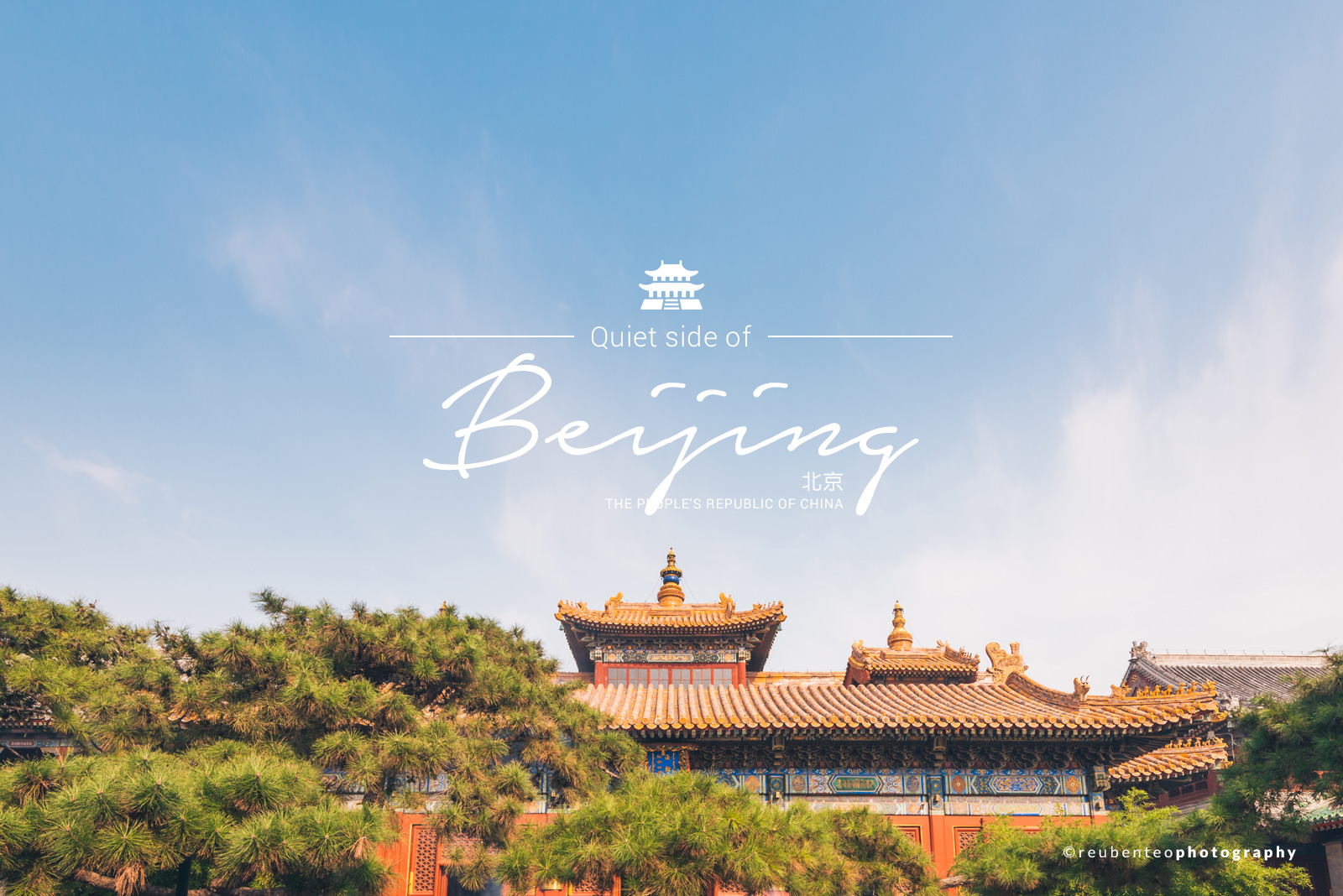

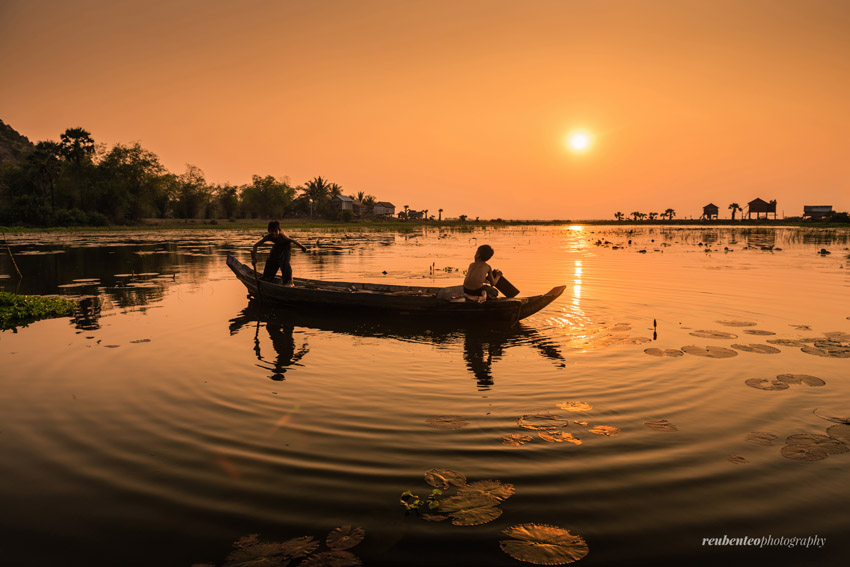
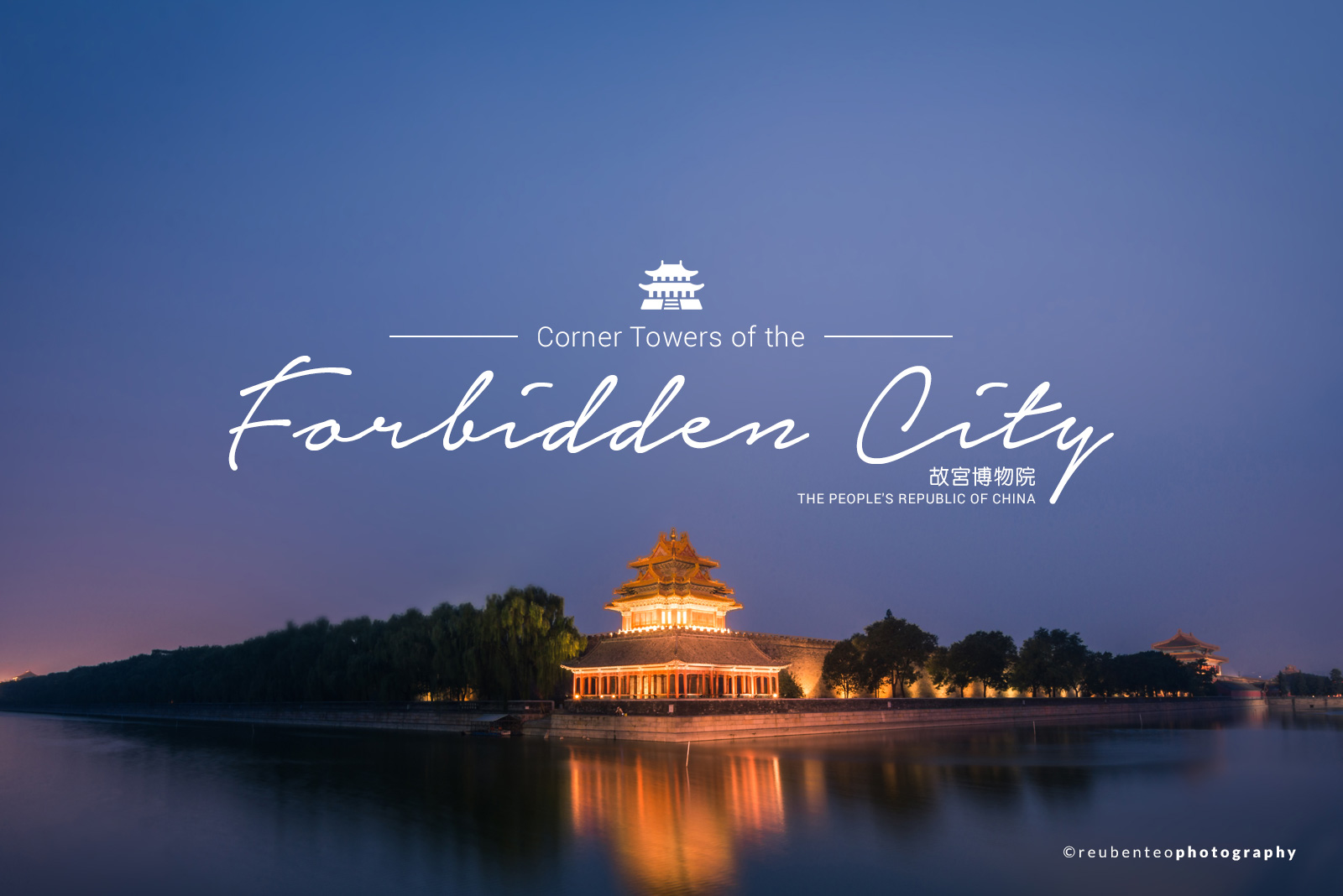
Leave a Comment